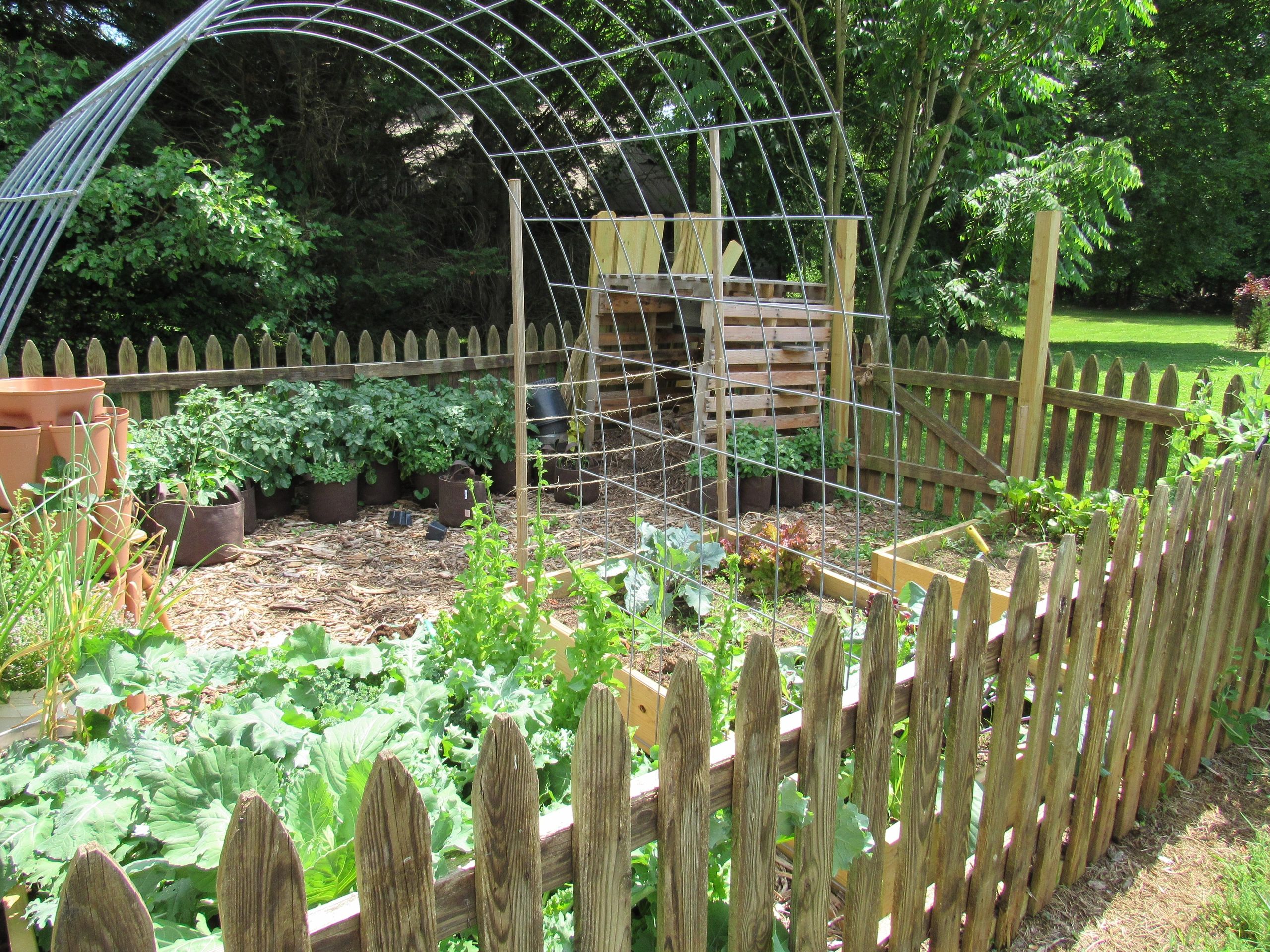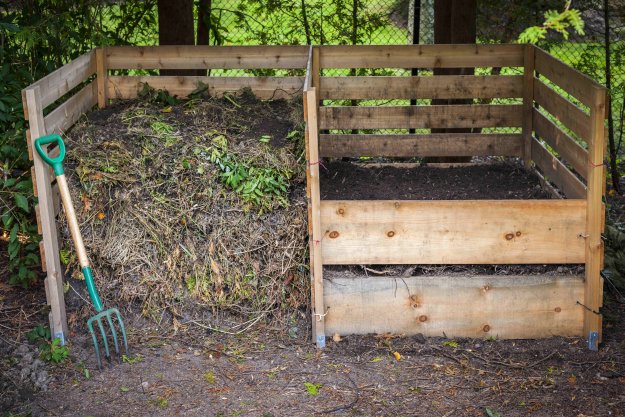Essential Tips for Homestead Gardening at Home
Essential Tips for Homestead Gardening at Home
Blog Article
Discover the Tricks to Producing a Effective and stunning Gardening Space
Producing a effective and gorgeous horticulture area is not just a matter of planting blossoms and vegetables; it requires a strategic approach that incorporates different crucial elements. From selecting the right location based upon sunshine and dirt kind to attentively making your format and choosing appropriate plants, each choice plays a crucial duty in the success of your yard. Ongoing maintenance is necessary to sustain its appeal and efficiency. As you ponder these elements, take into consideration exactly how they intertwine to open the full capacity of your horticulture endeavors. What certain approaches can raise your room past the normal?
Choosing the Right Place
Choosing the ideal location for your yard is crucial to its success and overall aesthetic allure. The initial step in this process entails assessing sunlight direct exposure, as a lot of plants need a minimum of six hours of straight sunlight daily (Homestead Gardening). A south-facing garden commonly obtains the most light, while shaded locations can hamper growth and blooming
Furthermore, think about dirt top quality and drainage. Well-draining soil is necessary to avoid waterlogged origins, which can lead to plant diseases. Performing a dirt examination can offer useful information concerning pH levels and vitamins and mineral web content, enabling you to modify the soil as necessary.
Furthermore, proximity to water sources is another element to weigh - Homestead Gardening. Having easy accessibility to a hose or irrigation system can simplify the watering procedure and encourage constant plant treatment. Wind protection is also vital; positioning your yard near structures, such as fences or wall surfaces, can secure it from severe winds that may damage fragile plants
Finally, consider availability for upkeep and harvesting. A well-placed yard permits practical access, ensuring that you can conveniently tend to your plants without triggering unnecessary stress and anxiety or disruption. Thoughtful location option lays the structure for a flourishing garden.
Selecting Plants Sensibly
When choosing plants for your yard, it's necessary to think about variables such as climate, soil conditions, and personal choices to ensure a unified and efficient space. A thorough understanding of your regional environment will guide you in choosing plants that prosper in your particular atmosphere. As an example, selecting drought-resistant ranges is helpful in deserts, while moisture-loving types may be better for locations with high rainfall.
Soil problems are just as essential; performing a soil test can reveal pH degrees and vitamins and mineral material, permitting you to choose plants that will flourish. Native plants are typically an excellent option, as they are generally well-adapted to neighborhood soil kinds and need less maintenance.
Furthermore, consider your horticulture objectives. Are you going for an ornamental screen, a veggie yard, or maybe a mix of both? This will certainly affect your options significantly. Finally, assess your personal preferences-- picking plants that reverberate with your visual preferences will enhance your satisfaction and dedication to maintaining your yard. By very carefully evaluating these factors, you can create a varied and successful plant choice that raises your gardening experience.
Designing Your Yard Format
With a thoughtfully selected plant selection in hand, the following step is to produce a yard format that makes best use of both appeal and performance. Begin by evaluating the readily available room, thinking about aspects such as wind, sunlight, and color patterns. A tactical layout must incorporate different zones, consisting of locations for growing, paths, and possibly seating.
Begin with larger plants or centerpieces, such as trees or tall perennials, placed tactically to produce aesthetic passion. Layer smaller plants ahead to enhance depth and texture. Consider the development routines of your selected plants; taller varieties ought to be placed at the back or facility of beds, while shorter ones can line the edges.
Integrating pathways not only helps with gain access to for maintenance yet likewise welcomes expedition. Use materials that enhance the yard's overall visual, whether crushed rock, stone, or timber chips.
In addition, consider seasonal modifications and how your format will certainly look throughout the year. Integrating evergreens along with seasonal flowers can make sure year-round beauty. Inevitably, a well-designed garden design harmonizes the natural charm of plants with functional factors to consider, leading to an area that is both inviting and efficient.
Enhancing Dirt Health And Wellness

To enhance dirt health and wellness, start by performing a dirt test to examine pH degrees, vitamins and mineral web content, and dirt structure. This will notify your amendments. Include natural issue such as garden compost, well-rotted manure, or fallen leave mold to improve dirt structure, water retention, and microbial activity. In addition, exercising plant turning can prevent vitamins and mineral depletion and decrease insect and illness pressures.
Mulching is another effective technique; it not just preserves wetness yet likewise suppresses weeds and slowly enhances the dirt as it damages down. Avoiding too much tillage is vital, as it can interfere with dirt structure and damage helpful organisms. Rather, take on no-till or marginal husbandry methods to maintain dirt stability.

Maintaining Your Yard Successfully
A well-kept garden provides pride and performance, needing constant focus to ensure that plants thrive and the landscape remains inviting. Efficient garden maintenance includes a number of key practices that improve the health and wellness of your plants and the total aesthetic of your area.
Normal watering is vital; nonetheless, it is essential to customize your watering routine Discover More Here based upon the specific demands of your plants and regional environment problems. Mulching can aid useful source preserve moisture, subdue weeds, and regulate soil temperature level. Timely weeding avoids competition for sources and nutrients, making certain that your plants flourish.
Trimming is another vital task. It encourages healthy development, gets rid of unhealthy or dead branches, and forms plants to preserve an enticing framework. Furthermore, keeping an eye on for diseases and parasites is important; early discovery and treatment can save your plants from considerable damage.
Fertilization should be carried out thoughtfully, using natural choices whenever feasible to advertise long-term soil health. Seasonal jobs such as growing, dividing perennials, and preparing for wintertime will certainly guarantee your garden stays vivid year-round. By following these practices diligently, you can grow a garden that is both efficient and lovely.
Conclusion
To conclude, the development of a attractive and productive gardening area needs careful consideration of numerous essential components. Choosing an appropriate place with ample sunshine, selecting suitable plants, creating an aesthetically pleasing format, boosting dirt health and wellness, and ensuring regular maintenance are important parts. By integrating these methods, one can cultivate a thriving garden that not just enhances the landscape yet likewise promotes ecological equilibrium and sustainability. Such an approach inevitably brings about a satisfying horticulture experience.
From choosing the right area based on sunshine and soil type to attentively making your layout and picking suitable plants, each decision plays a pivotal role in the success of your garden. Well-draining soil is essential to stop water logged roots, which can lead to plant conditions.When choosing plants for your garden, it's necessary to take into consideration elements such as environment, dirt conditions, and personal choices to ensure a harmonious and efficient area. Eventually, a properly designed yard design balances the natural charm of plants with functional considerations, resulting in a space that is both welcoming and productive.

Report this page